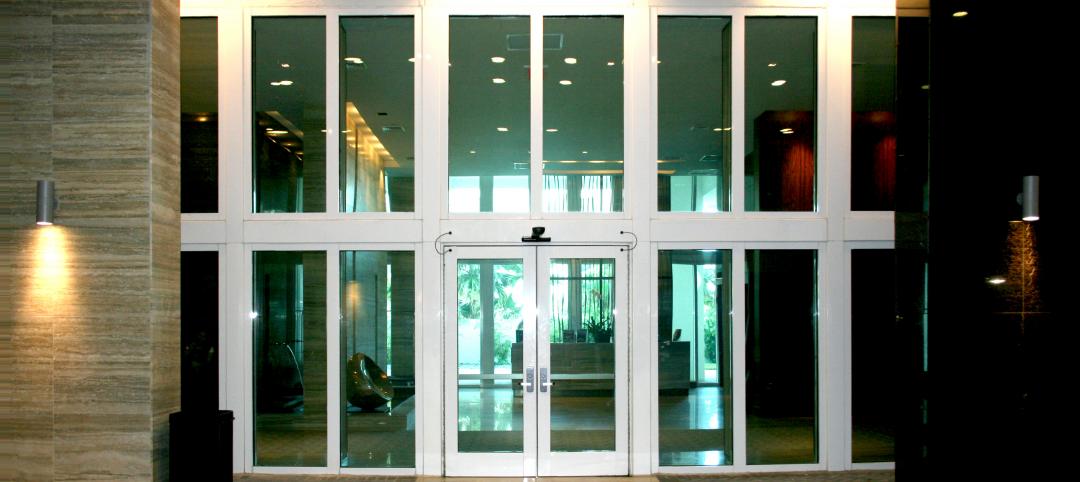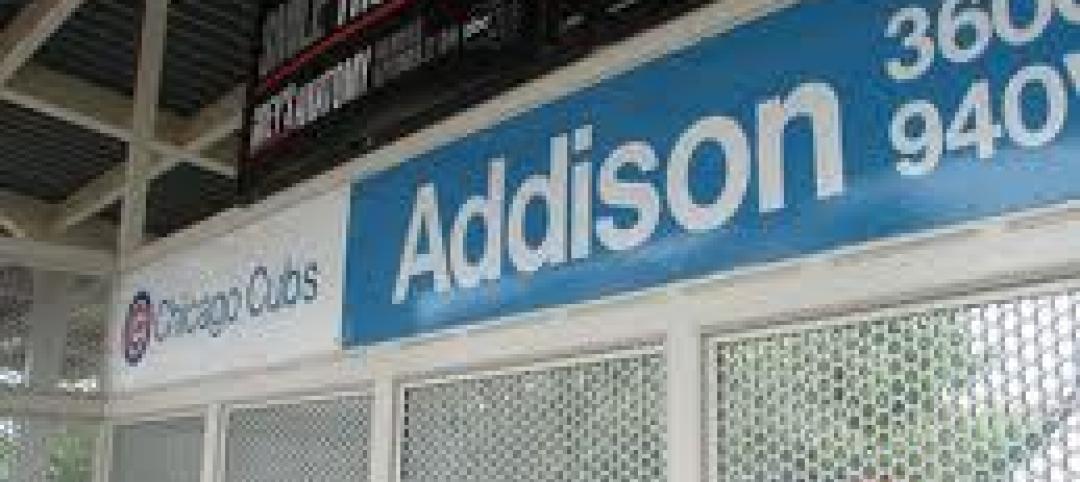While 3D building information modeling (BIM) and digital prototyping have taken away the need for physical shop-built models and created whole new workflows for architects and engineers, clients and authorities with jurisdiction still want physical models to exhibit at planning hearings and show to prospective commercial building tenants or condo unit buyers.
Until recently, most 3D printers cost upwards of $40,000. Burlington, Mass.-based Z Corporation recently introduced the ZPrinter 150 (grayscale only; $14,900) and ZPrinter 250 (CMYK color; $24,900). Compare those prices to Z Corp's own ZPrinter 450, at $45,000.
These new machines are aimed at small architecture studios and firms that want to print their own design iterations to enable closer study of design options while also enhancing communication between project team members and owners. AEC firms can now provide resin-printed 3D color models from any CAD file at greatly reduced cost, due to the lower prices of the latest 3D printers and their associated production materials.
Rather than using polymers or other manufacturing materials, Z Corp's machines use an inkjet printing system based on Hewlett-Packard technology. Here's how it works: A 3D CAD file is imported into the Zeditpro software (included with the printer). The software slices any CAD or BIM file into thin cross-sections and feeds them into the 3D printer. The printer creates the model one layer at a time by spreading a layer of gypsum-based powder and inkjet printing binder into the cross-sections of the model. The process is repeated until every layer is printed.
This is the only 3D printing technology that allows full-color CMYK printing. This method is faster than other additive processes and much, much faster than subtractive prototyping, in which a block of material is carved into shape. Other more costly 3D printing technologies employ either selective laser sintering, which uses heat to fuse metal or plastic elements, or digital light projection, wherein a liquid polymer is exposed to light from a DLP projector under safelight conditions to harden it into a plastic. One printer even uses fused sugar as its printing material.
"Both the ZPrinter 150 and 250 can use any CAD package that can export into the STL file format, and they offer everything the other machines do, just with a smaller package and a little more build time," said Joe Titlow, Z Corporation's VP of product management.
Titlow said the ZPrinter 250 "borrowed a lot" from the ZPrinter 450. "Since the 450 came out in 2007, we've come to understand how to further miniaturize its internal vacuum system, the internal feeder hopper, and its fluid systems, which are self-contained and cartridge-based. All of those technologies have been optimized for this lower-cost package."
One difference between the two generations of printers is that the 250 does not have a side-mounted de-powdering unit with a compressed-air blower, as the 450 does. The resin build material for a 3D model has also gone down in price over the last three years. Powder and binding materials for a Z Corp inkjet-style 3D printer would cost about $3-$5 per cubic inch for a machine owner, according to Impact 3D Models, a Chicago-based 3D modeling company that produces all of its models from a ZPrinter 650. That's down from more than $7 a cubic inch as recently as 2007.
"Everything in the build is variable from project to project," said Matthew Mondo, Impact's VP. "Some models that require more binding material can be more costly, and some shapes require more powder to make." Depending on the complexity of the model, he said, a finished product can run up to $30 per inch, "but it really all depends on what you're looking for."
Mondo said his firm is seeing an uptick in retail layout and MEP modeling work. Clients include TME, a Little Rock, Ark., MEP firm, and construction manager/general contractor Hill International.
Making the file exchange
Three-dimensional geometry is easily transferred from CAD and BIM applications to 3D printers because STL, the file format nearly all of these systems use, is a generic file interchange that many 3D modeling applications can produce and many software packages can consume. Software packages from a wide variety of manufacturers, including AutoCAD, Revit, Solidworks, and Bentley Microstation, can all be easily converted into STL files.
Autodesk has made a free STL exporter for its Revit BIM platform available as a technology preview on its Autodesk Labs testing website. The Revit STL Exporter automates the process of turning a Revit file into an STL file for any of the 2010 Revit family of products (Revit Architecture 2010, Revit MEP 2010, Revit Structure 2010).
Kelcey Lemon, senior technical marketing manager for Building AEC Solutions at Autodesk, said interest in 3D printing among AEC firms is growing, particularly to aid in the visualization and comprehension of design proposal.
Related Stories
| Sep 23, 2011
Fire and hurricane rated glazed wall assemblies installed at multi-family residence in Florida
Fire and hurricane assemblies meet design and code requirements.
| Sep 23, 2011
ABI turns positive after four monthly declines
On the heels of a period of weakness in design activity, the Architecture Billings Index (ABI) took a sudden upturn in August.
| Sep 23, 2011
Under 40 Leadership Summit
Building Design+Construction’s Under 40 Leadership Summit takes place October 26-28, 2011 Hotel at the Monteleone in New Orleans. Discounted hotel rate deadline: October 2, 2011.
| Sep 20, 2011
Jeanne Gang wins MacArthur Fellowship
Jeanne Gang, a 2011 MacArthur Fellowship winner described by the foundation as "an architect challenging the aesthetic and technical possibilities of the art form in a wide range of structures."
| Sep 20, 2011
Francis Cauffman wins two IDA design awards
The PA/NJ/DE Chapter of the International Interior Design Association (IIDA) has presented the Francis Cauffman architecture firm with two awards: the Best Interior Design of 2011 for the W. L. Gore offices in Elkton, MD, and the President’s Choice Award for St. Joseph’s Regional Medical Center in Paterson, NJ.
| Sep 20, 2011
PPG, Pleotint to co-market environmentally adaptive glazing technology with low-e glass
Laminated between two lites of glass, SRT interlayer may be used monolithically or within an insulating glass unit.
| Sep 19, 2011
Portland team hired as LEED and commissioning consultants for $5.5B downtown sustainable project in Qatar
The $5.5 billion sustainable downtown regeneration project underway by Msheireb Properties will transform a 76 acres site at the centre of Doha, Qatar’s capital city, recreating a way of living that is rooted in Qatari culture, attracting residents back to the city center and reversing the trend for decentralization.
| Sep 16, 2011
Chicago Architecture Foundation partners with seven renowned architects to re-imagine Chicago neighborhoods
Design on the Edge presents plans created by seven teams of nine Chicago-based architects to reimagine seven of the city’s neighborhoods to encourage street life, retail districts and dense housing around the existing “L” transit system.
















